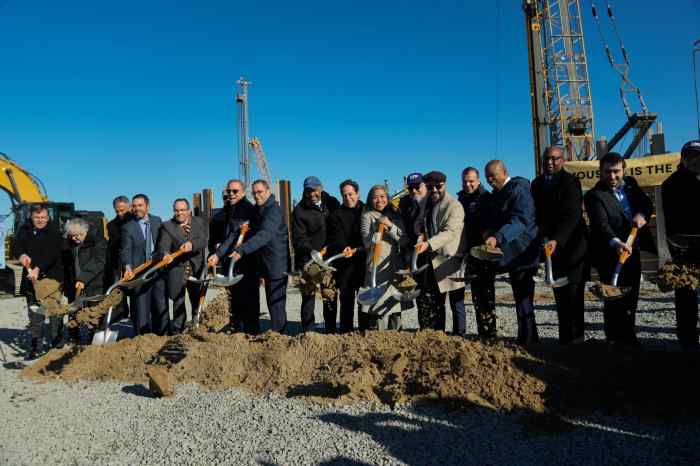In today’s parlance, men who offer financial cover to killers and other criminals are called money launderers. This dirty art has a much longer history. In Germany, a 93-year-old man is being tried as an accessory to the murder of 300,000 people for actions he performed while sitting at a desk 71 years ago.
Oskar Groening’s desk was in no ordinary location and he was no typical number cruncher. Groening was a member of the Nazi SS who served as a money launderer at Auschwitz. He processed valuables taken from Jews deported to Birkenau — part of the sprawling Auschwitz complex whose major purpose was murder on an industrial scale. His ongoing trial in Germany underscores an expansion of prosecutorial focus to include — beyond the direct killers — a wider array of complicit actors who perpetrated the Holocaust.
Groening sorted and counted the huge amounts of foreign currency confiscated from victims after they arrived. He worked in a makeshift warehouse putting order to piles of money and safeguarding them until the assets were transported to Germany. The money was used to fund the work of the SS, the Nazi apparatus that directed the “Final Solution.” Groening, who arrived at Auschwitz at age 21 in 1942, also guarded “the ramp” at Birkenau on at least a few occasions. Jews arrived on the ramp by train, and were selected for forced labor or death in the gas chambers.
Groening’s work with cold hard cash was part of a well-coordinated financial operation that supplied critical funds to the Nazi regime. Among the items processed at Auschwitz was dental gold pried from prisoners’ mouths. Gold fillings were sent to smelting facilities to be transformed into innocuous — and untraceable — gold bars for deposit into the Reichsbank, the national bank. Whatever its original form, confiscated wealth was key to Berlin’s expansionist and genocidal aims.
The legal theory now being tested in a German courtroom is that by helping to launder the victims’ money and valuables, Groening abetted a massive murder conspiracy. From late April until early July 1944, about 426,000 Hungarian Jews — the last intact Jewish community in Europe — were deported to Auschwitz. SS staff gassed more than 300,000 men, women and children.
By focusing their timeline on spring and summer 1944, prosecutors argue that anyone working at the camp then supported mass murder. The Hungarian action was one of the most concentrated periods of killing during the Holocaust. In a reflection of its intensity, the SS canceled all requests for time off by Auschwitz staff to ensure enough manpower as transports arrived.
The case against Groening relies upon the precedent set by the 2013 conviction of John Demjanjuk in Germany. A retired autoworker living in Cleveland, Demjanjuk was found guilty as an accessory to murder at the Sobibor killing center. His trial established guilt based on three factors: deployment at a facility constructed primarily to perpetrate mass murder, performing duties that ensured the success of the murder operations, and awareness of the criminal goal to which his actions contributed.
Groening, the so-called “bookkeeper of Auschwitz,” does not deny he was at the killing center, nor does he claim ignorance of the machinery of death. On the contrary, he has said he is speaking about witnessing the sorting of prisoners and the functioning of the gas chambers to prove Holocaust deniers wrong.
We often describe murderers as having blood on their hands. But how to judge those whose ink-marked hands facilitated crimes? It took many thousands of people to make the Holocaust possible, and soon a German court will determine which stains the passage of time cannot wash clean.
Edna S. Friedberg is a historian with the U.S. Holocaust Memorial Museum in Washington, D.C.

















